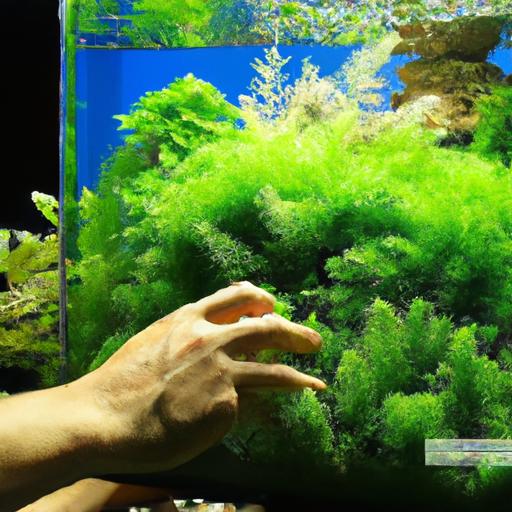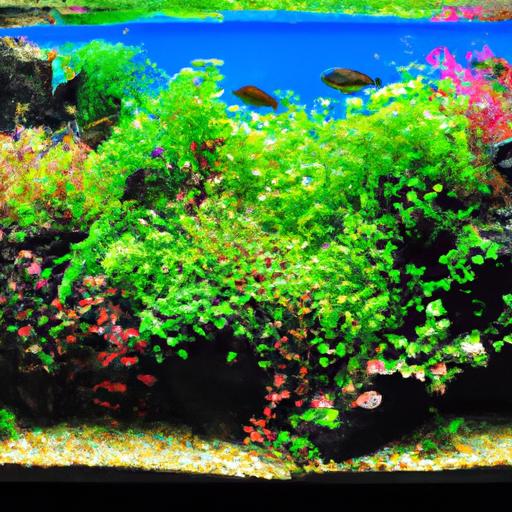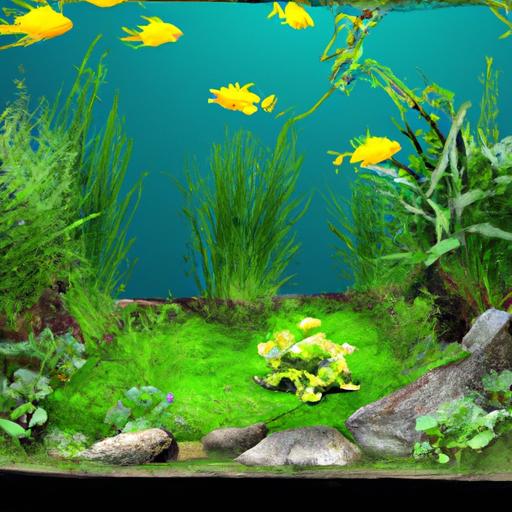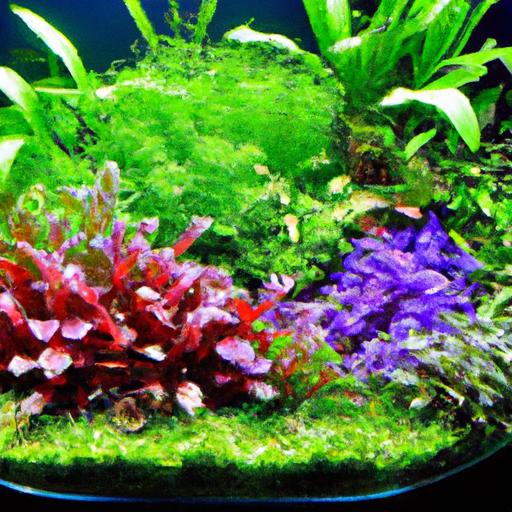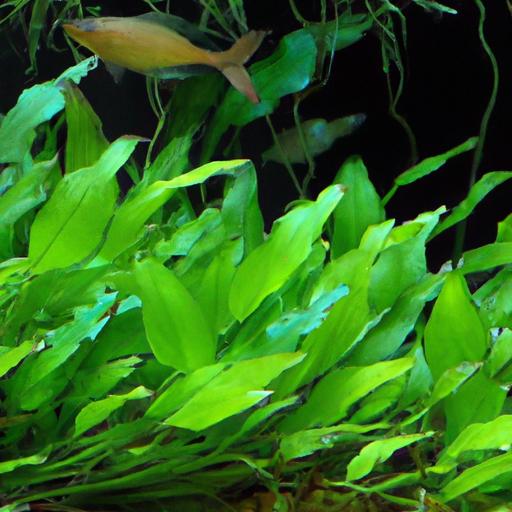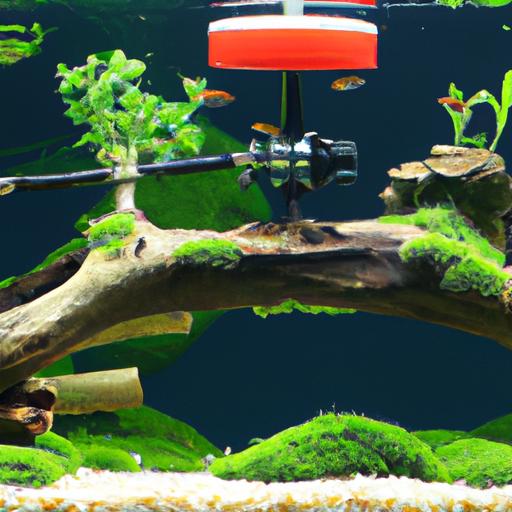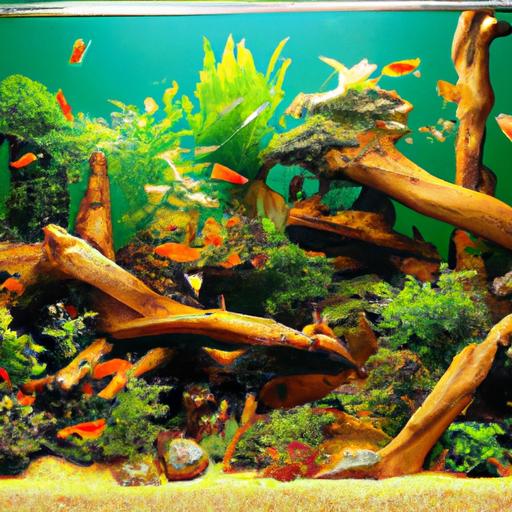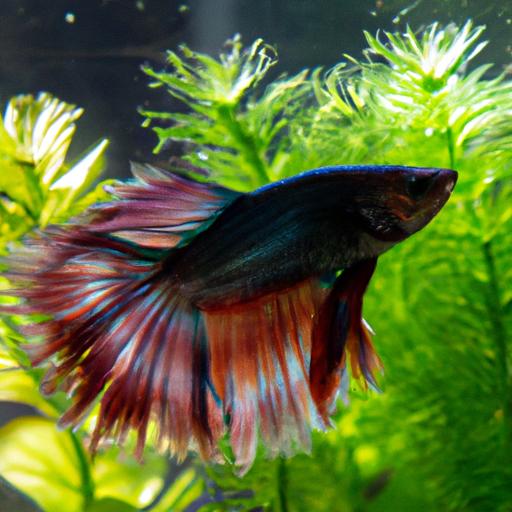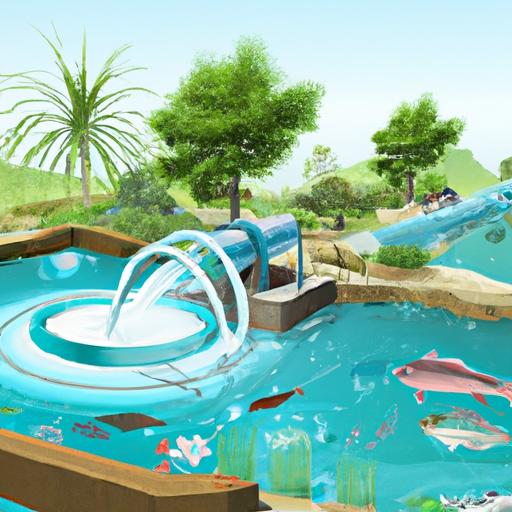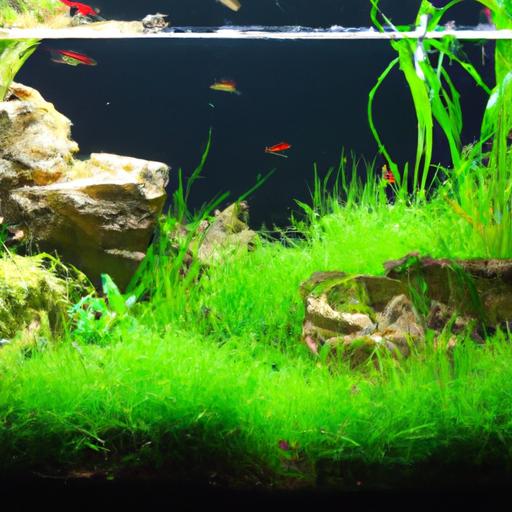
The Art of Growing Healthy Hairgrass Aquarium Plants
Discover the art of growing healthy hairgrass aquarium plants with expert tips and techniques. Create a vibrant underwater landscape for your aquarium.
Introduction
Are you looking to create a stunning aquarium that showcases vibrant and healthy aquatic plants? One plant that can truly transform your underwater landscape is hairgrass. With its delicate and graceful appearance, hairgrass adds a touch of elegance to any aquarium. In this article, we will explore the art of growing healthy hairgrass aquarium plants and provide you with valuable insights and tips to ensure successful growth.

The Art of Growing Healthy Hairgrass Aquarium Plants
Selecting the Right Hairgrass Variety for Your Aquarium
When it comes to hairgrass, there are several varieties to choose from, each with its own unique characteristics. It’s essential to select the right variety that suits your aquarium’s specific requirements. Some popular hairgrass varieties include Eleocharis parvula, Eleocharis acicularis, and Eleocharis vivipara. Consider factors such as growth rate, height, and compatibility with other aquatic species when making your selection.
Providing Proper Lighting and Temperature Conditions
Hairgrass thrives under moderate to high lighting conditions. Adequate lighting ensures proper photosynthesis, enabling the plant to grow and flourish. Consider using LED lights specifically designed for planted aquariums to provide the ideal spectrum and intensity for hairgrass growth. Additionally, maintaining a stable temperature between 72°F and 78°F (22°C and 26°C) promotes healthy hairgrass growth.
Choosing the Appropriate Substrate for Hairgrass Growth
A suitable substrate is crucial for hairgrass to establish its root system and grow healthily. Opt for a fine-grained substrate like aquarium sand or specialized aquatic soil, as hairgrass roots can penetrate these substrates easily. Make sure the substrate is nutrient-rich to provide essential minerals and trace elements for robust growth.
Implementing Regular Fertilization and Nutrient Supplementation
To ensure optimal hairgrass growth, it’s essential to supplement the substrate’s nutrients. You can use root tabs or liquid fertilizers specifically formulated for aquatic plants. These supplements provide essential macro and micronutrients, such as nitrogen, phosphorus, potassium, iron, and trace elements. Regular fertilization will enhance the overall health and vibrancy of your hairgrass plants.
Maintaining Optimal Water Quality and pH Levels
Hairgrass requires clean and well-maintained water to thrive. Regular water changes help maintain optimal water quality by removing accumulated toxins and excess nutrients. Additionally, keeping the pH level between 6.5 and 7.5 ensures a favorable environment for hairgrass growth. Consider monitoring the water parameters regularly using test kits to ensure they are within the suitable range.
Properly Trimming and Pruning Hairgrass for Healthy Growth
Regular trimming and pruning are essential to promote healthy hairgrass growth and prevent the plant from becoming overgrown. Use sharp aquatic scissors to trim the hairgrass blades to the desired height. Trimming also helps maintain the plant’s shape and prevents shading of neighboring plants. Be sure to remove any dead or decaying parts of the plant to maintain overall plant health.
FAQ (Frequently Asked Questions)
How long does it take for hairgrass to establish in an aquarium?
The time it takes for hairgrass to establish in an aquarium varies depending on several factors such as lighting, CO2 supplementation, and nutrient availability. Generally, it can take around 2 to 4 weeks for hairgrass to establish its root system and begin spreading across the substrate.
Can hairgrass grow without CO2 injection?
Hairgrass can grow without CO2 injection, but providing a consistent supply of carbon dioxide can significantly enhance its growth rate and overall health. If you choose not to inject CO2, ensure that other factors such as lighting, nutrient supplementation, and water quality are optimized to support healthy hairgrass growth.
What can cause hairgrass to turn yellow or brown?
Yellowing or browning of hairgrass can be indicative of nutrient deficiencies, inadequate lighting, or poor water quality. Insufficient iron or other essential nutrients can cause discoloration. Ensure that your hairgrass receives adequate lighting, nutrient supplementation, and proper water parameters to maintain its vibrant green color.
How often should hairgrass be trimmed?
Hairgrass should be trimmed regularly to maintain its desired height and prevent overgrowth. Depending on the growth rate, you may need to trim the hairgrass every two to four weeks. Regular trimming also helps promote lateral growth and prevents the plant from overshadowing other aquarium inhabitants.
Can hairgrass be propagated in an aquarium?
Yes, hairgrass can be propagated in an aquarium. It naturally spreads by sending out runners that develop new plantlets. You can encourage this process by gently separating the new plantlets from the parent plant and replanting them in the desired areas of your aquarium.
Conclusion
Growing healthy hairgrass aquarium plants is both an art and a science. By following the tips and techniques outlined in this article, you can create a thriving aquatic environment adorned with lush, vibrant hairgrass. Remember to select the right variety, provide suitable lighting and temperature conditions, choose the appropriate substrate, and maintain proper fertilization and water quality. With proper care, your hairgrass will flourish, adding natural beauty to your aquarium for years to come.
